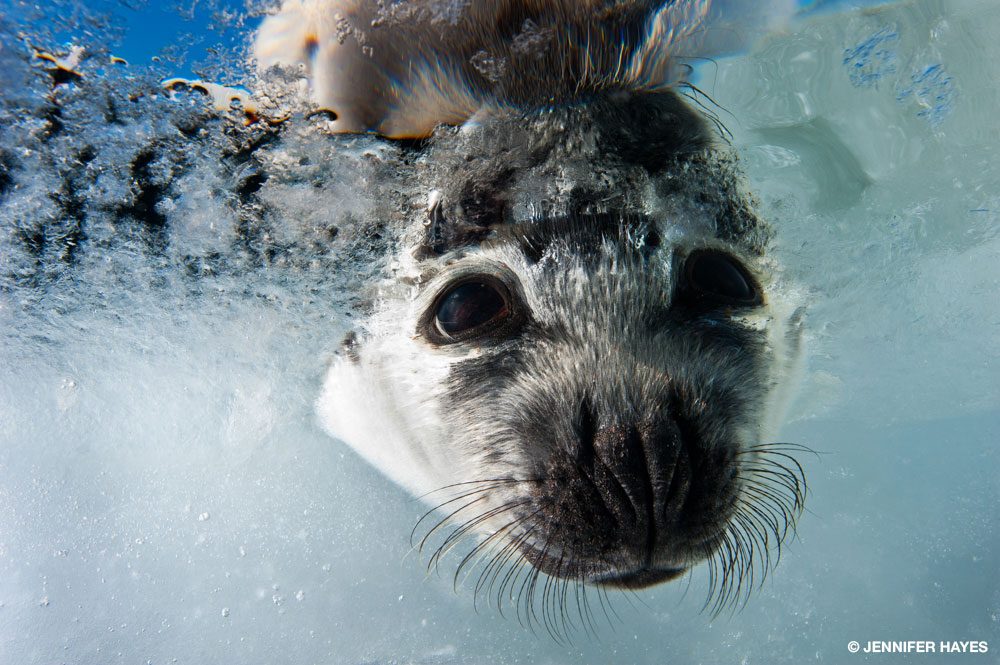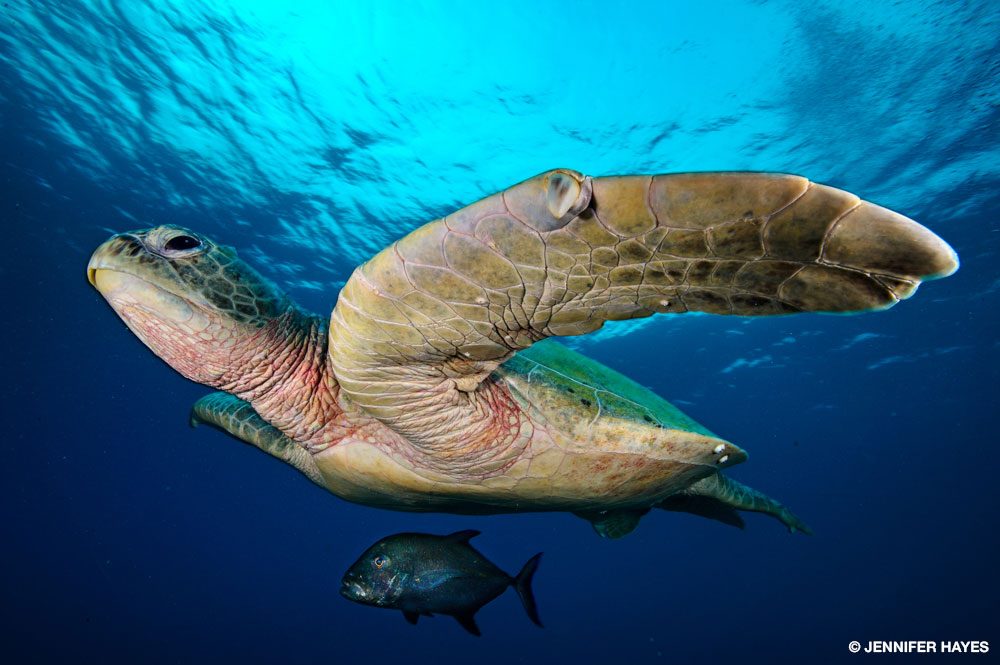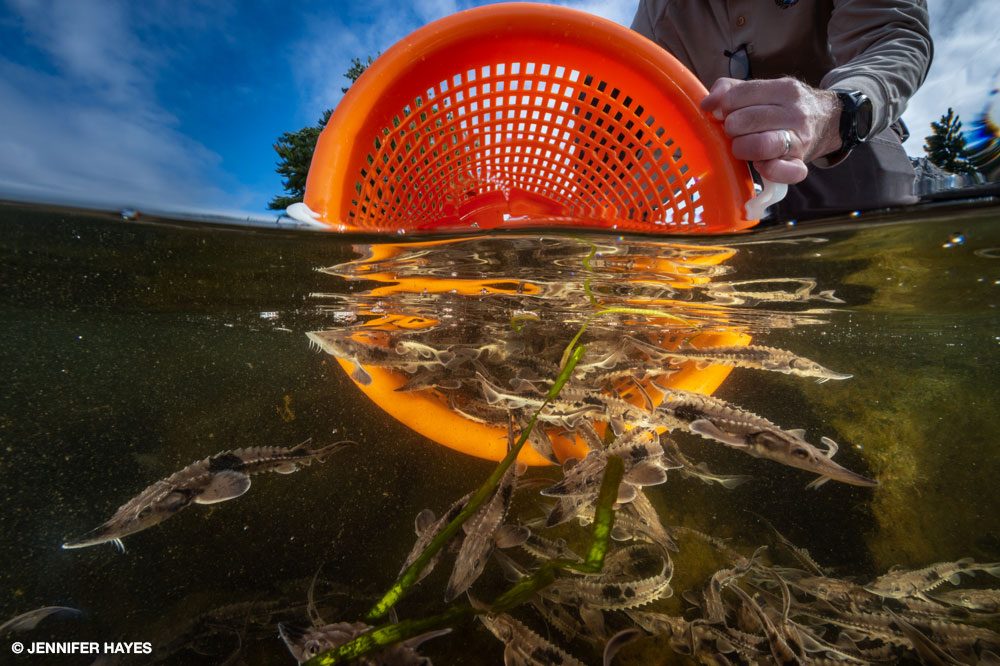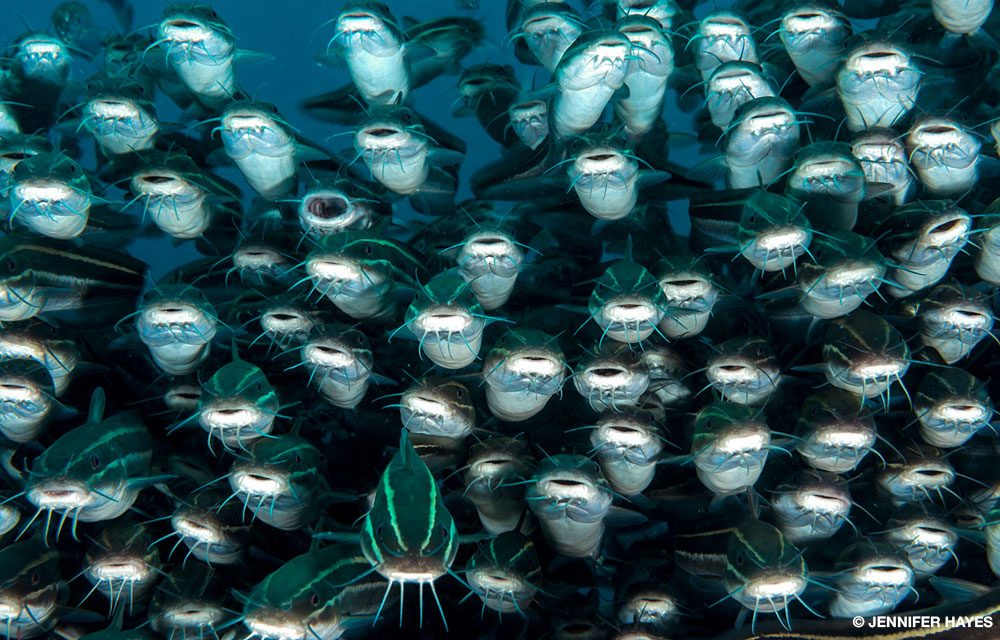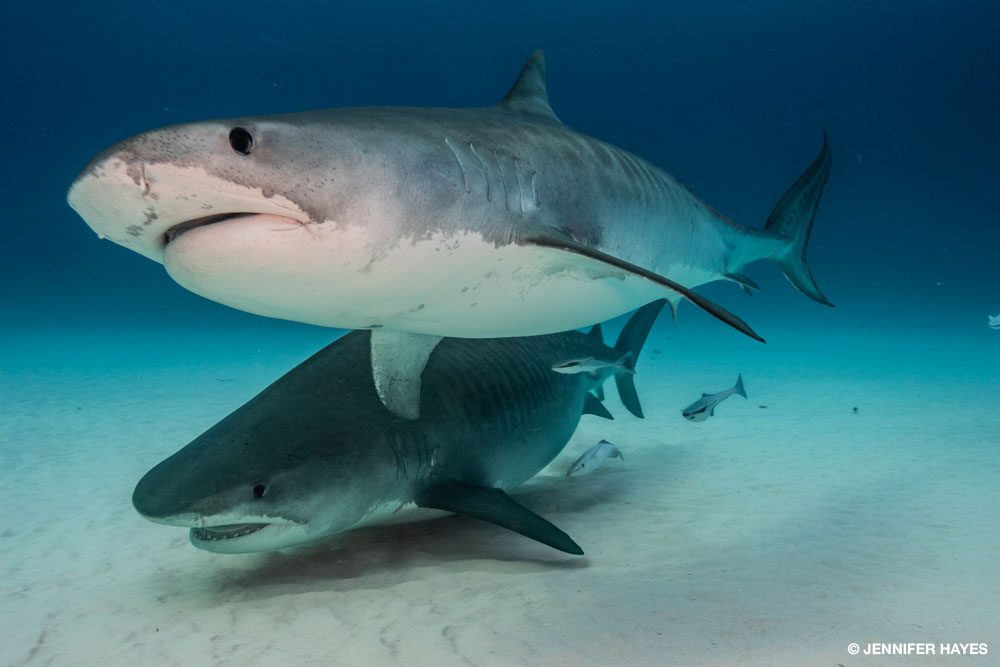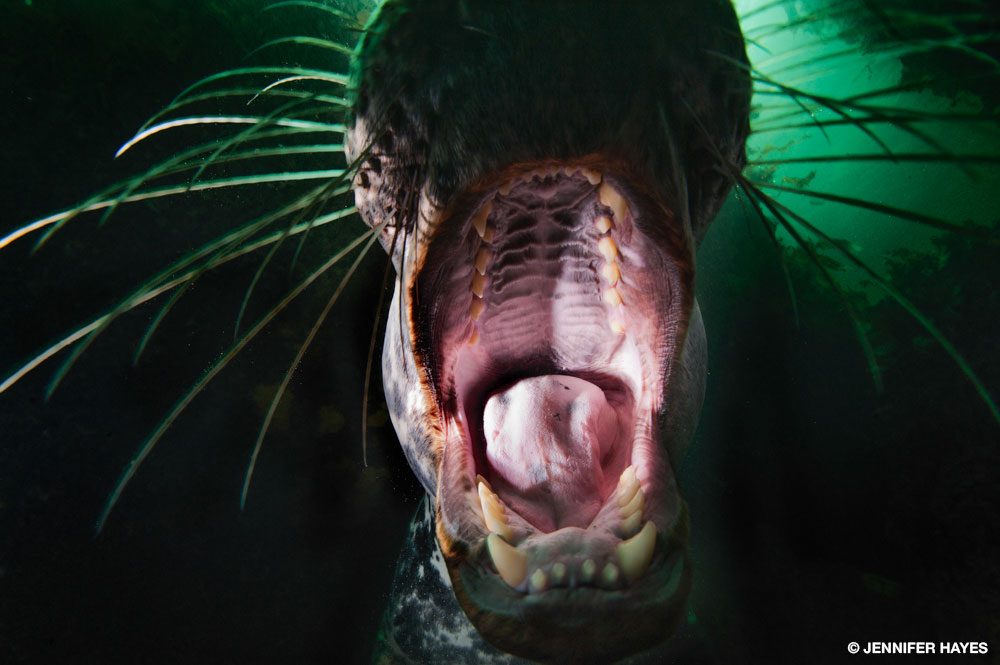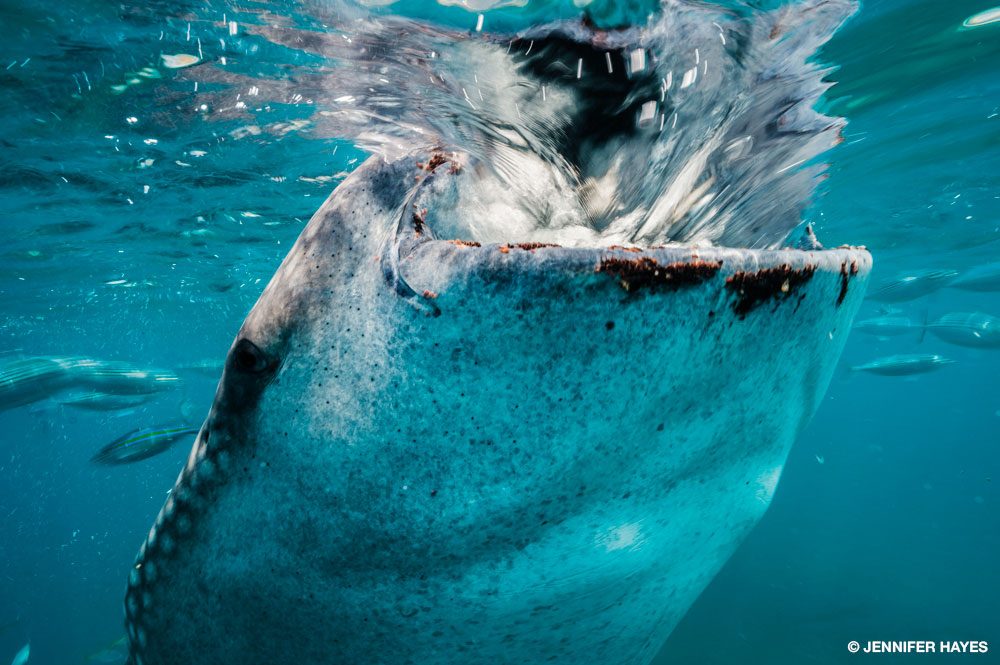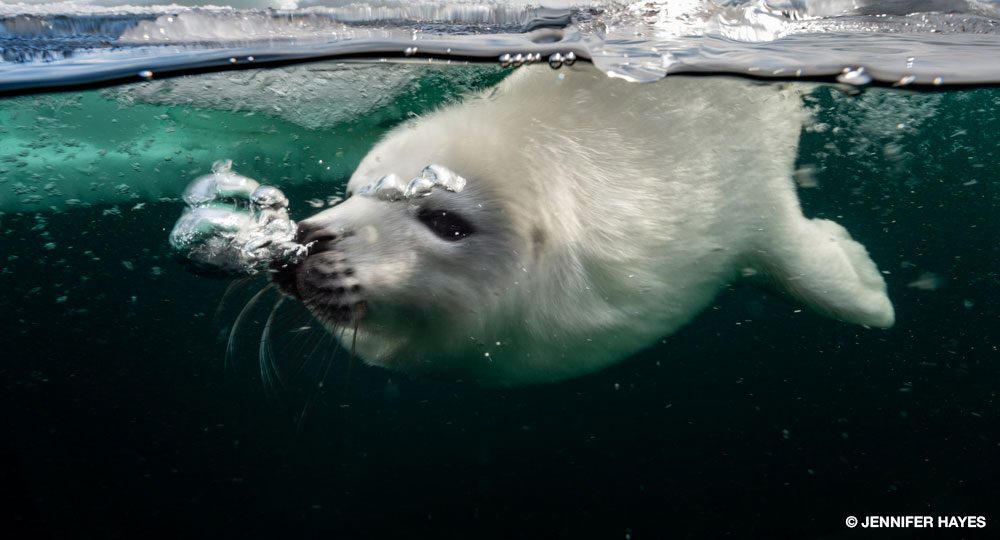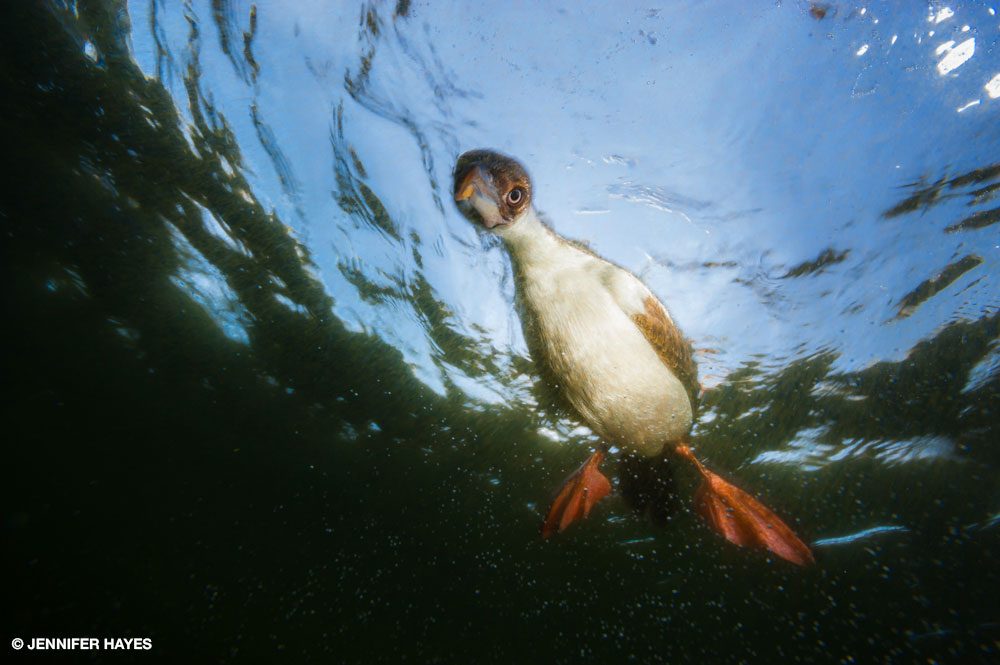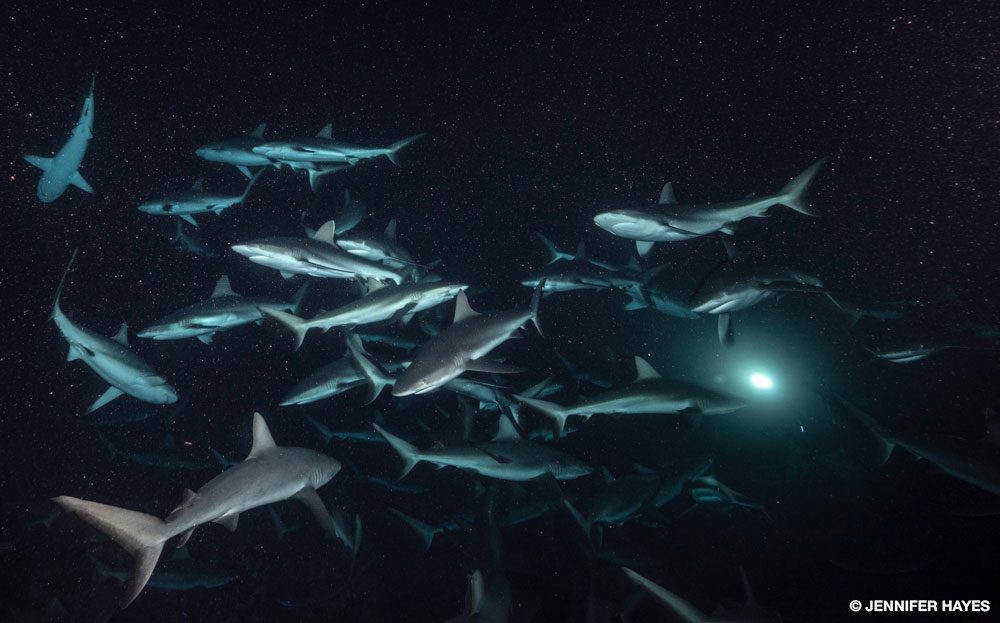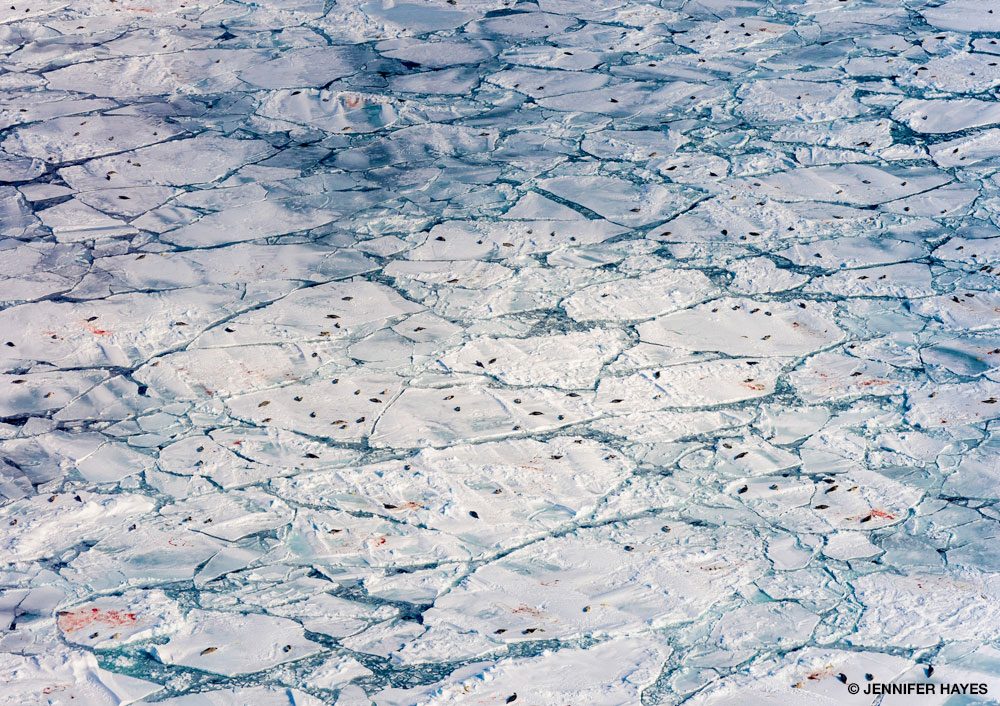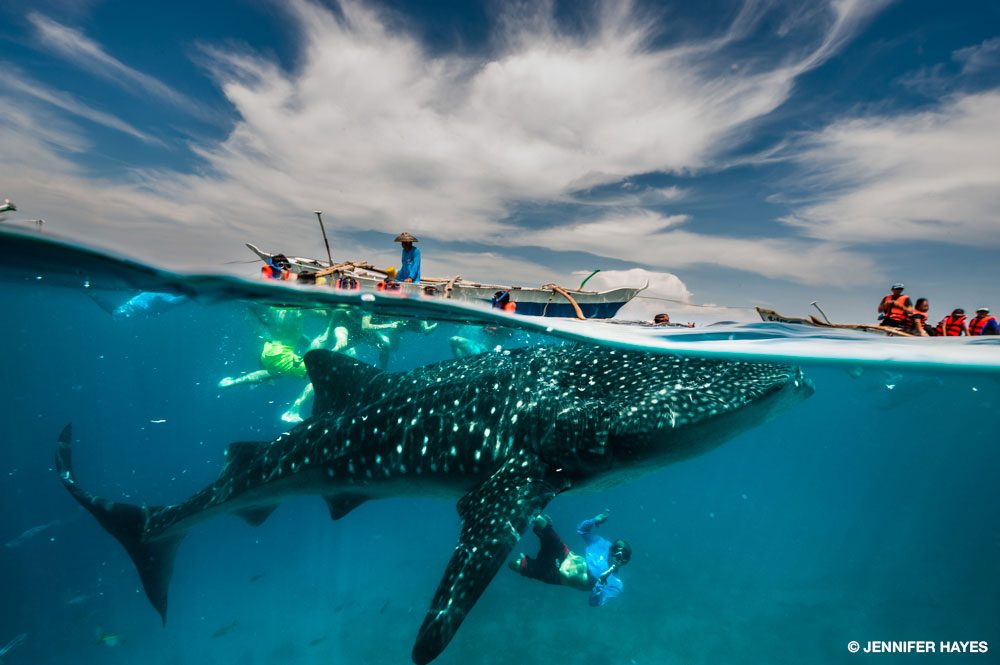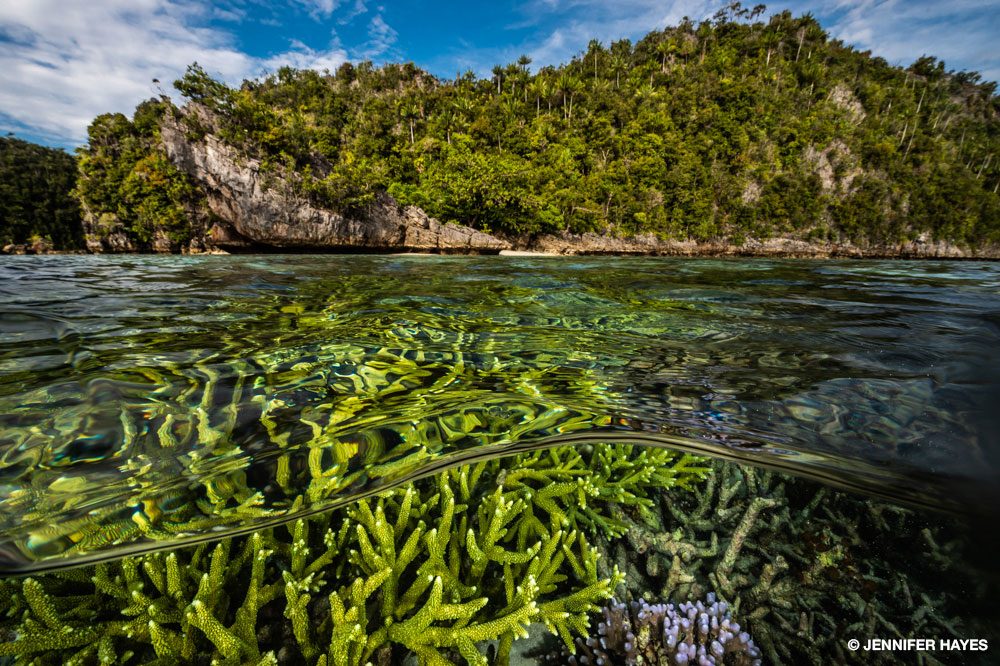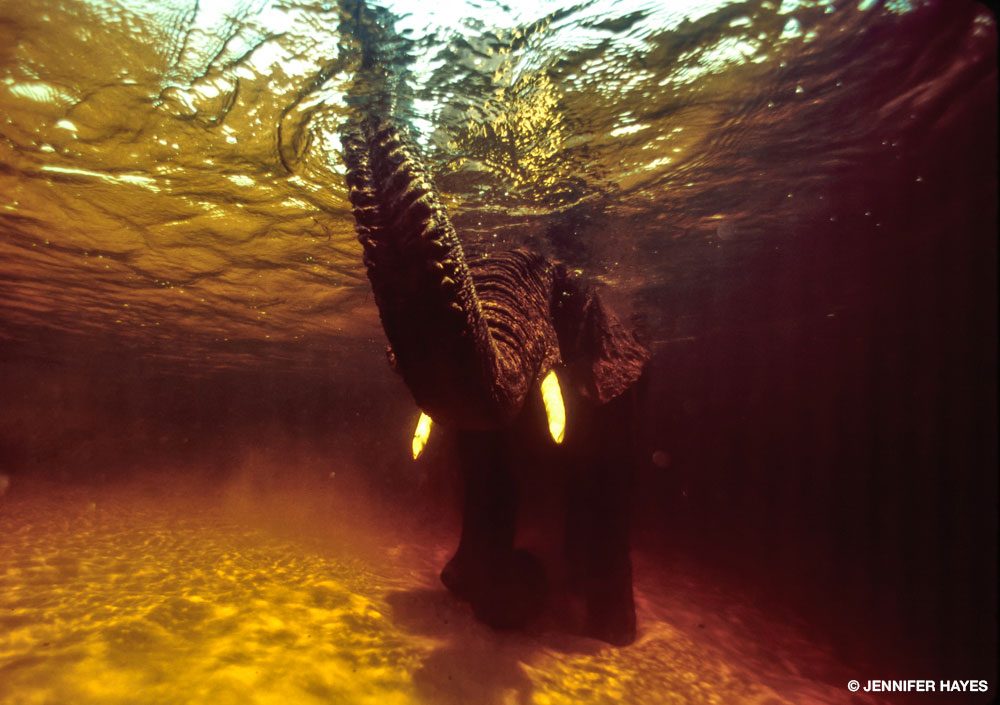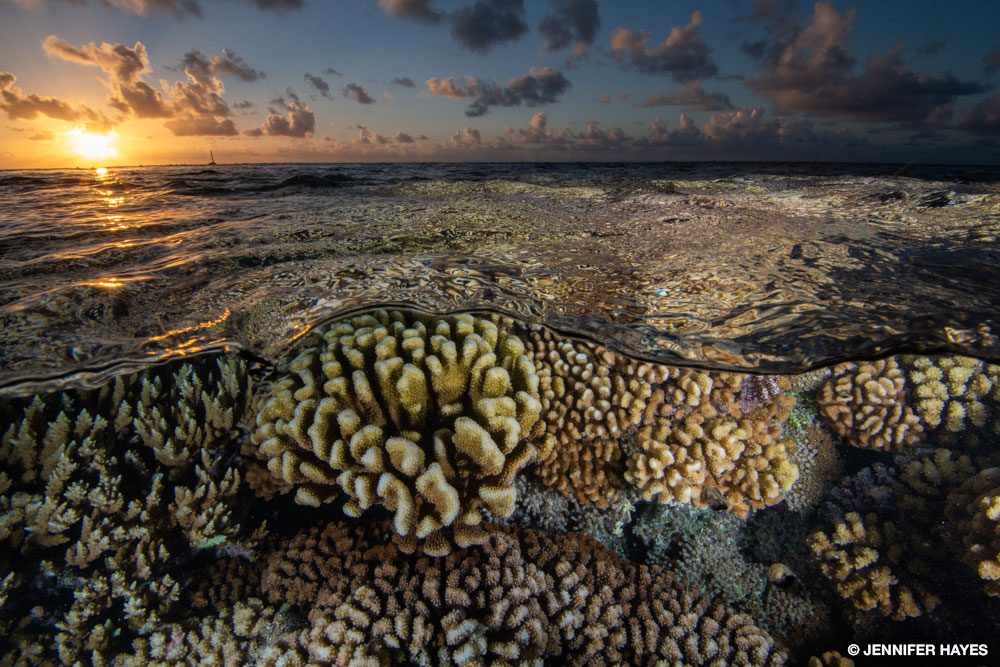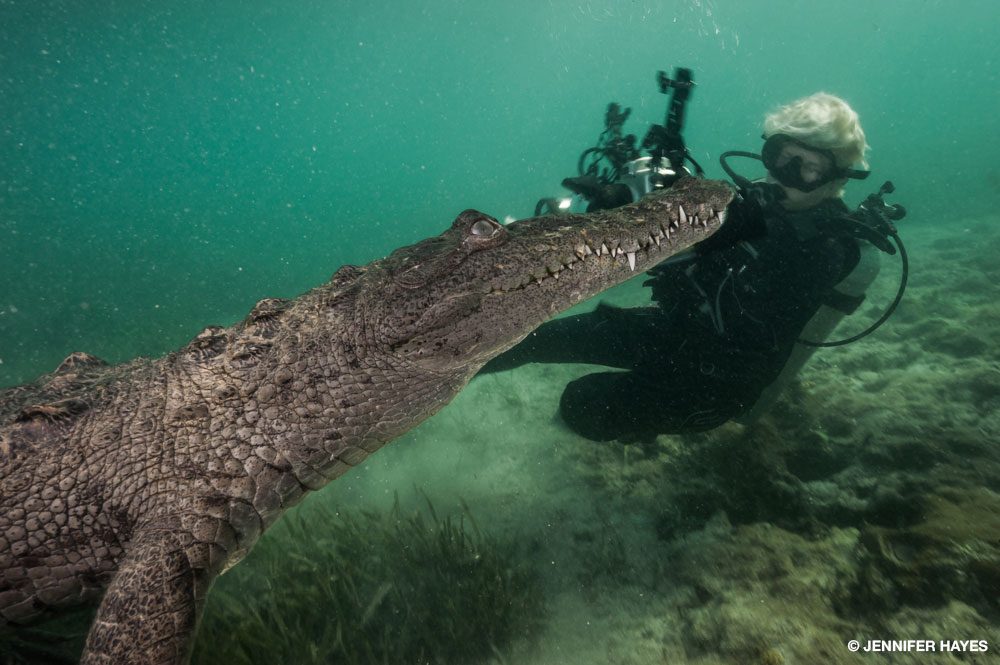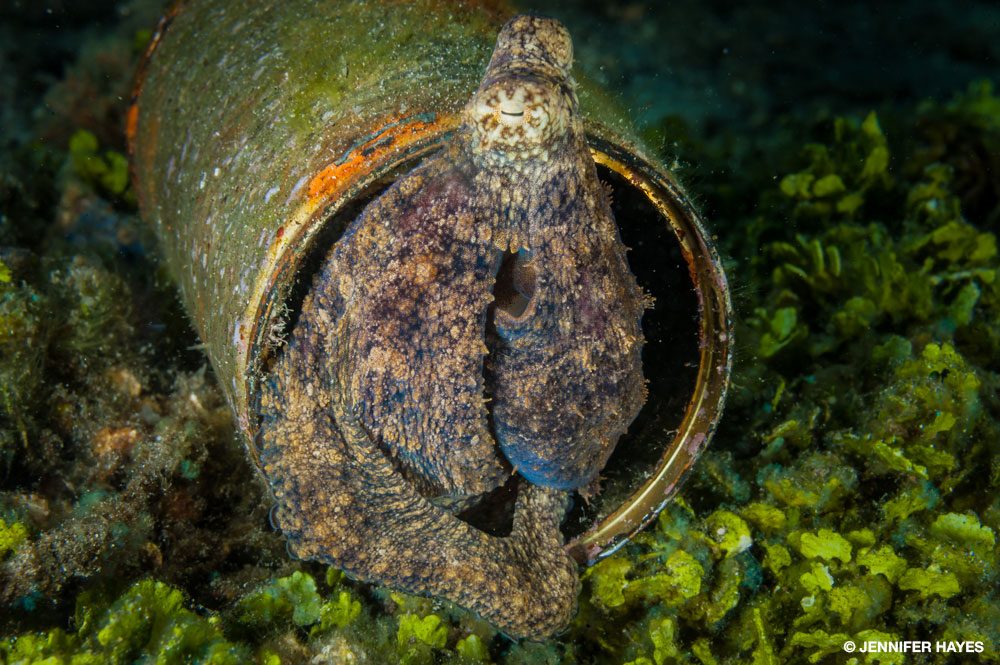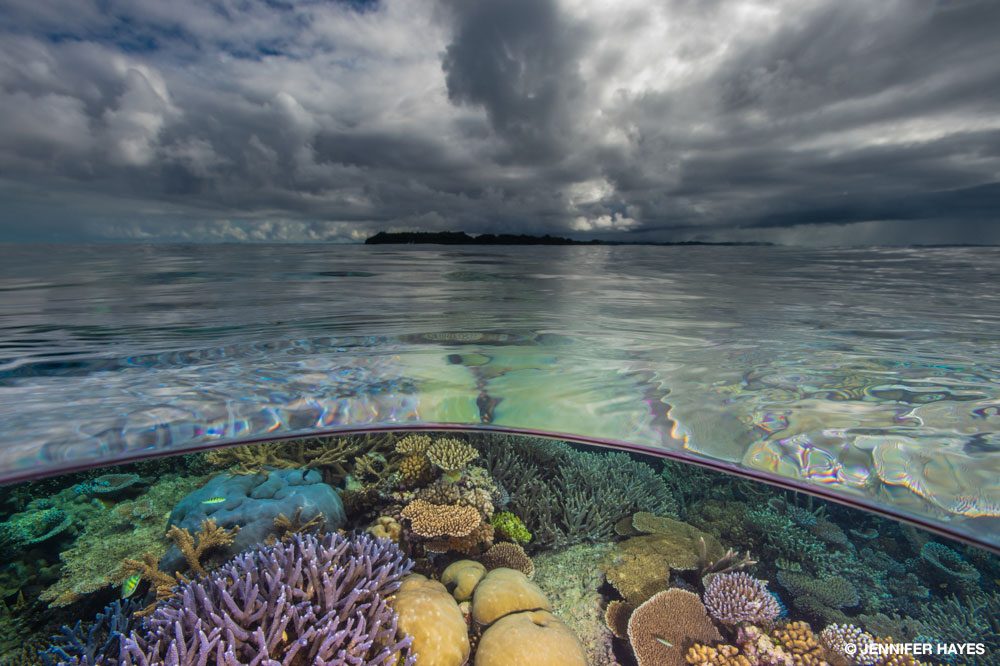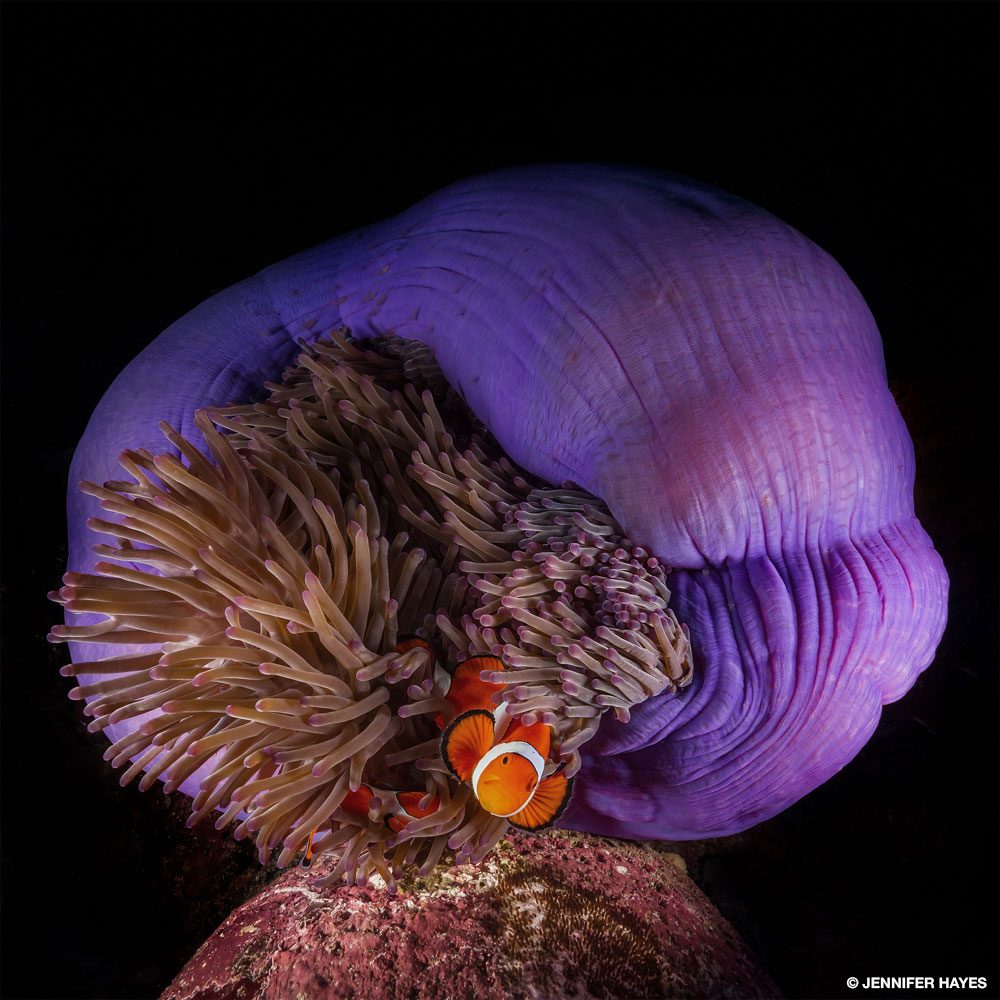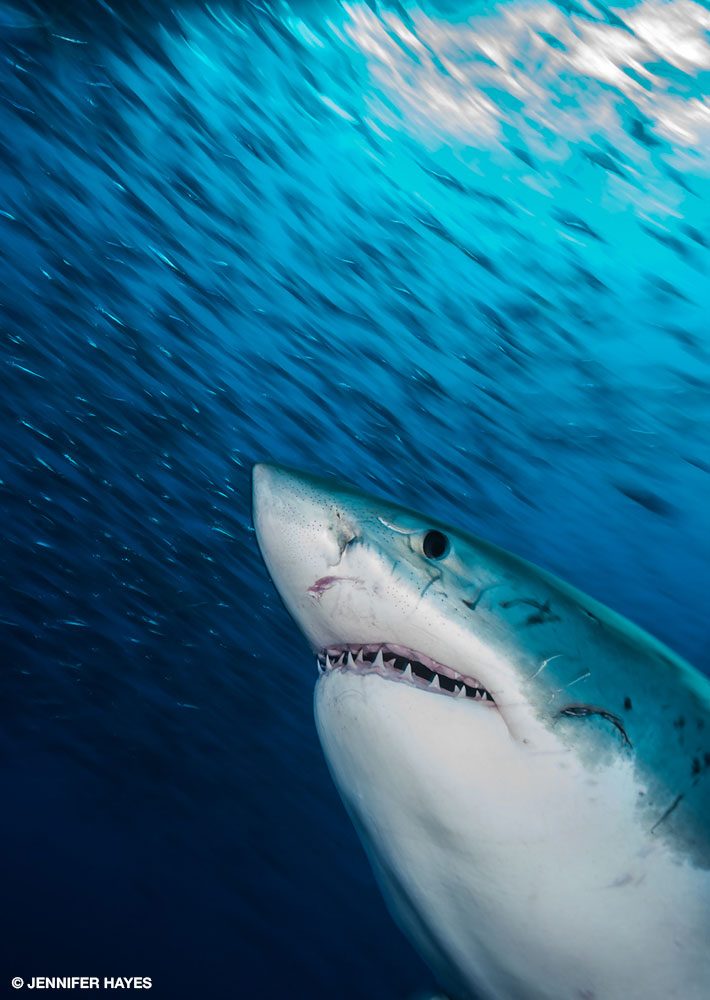Conservation and Collaboration with a Camera
READERS WILL KNOW THE BYLINE “David Doubilet and Jennifer Hayes” from scores of National Geographic magazine features. Working as a team they have photographed the wild ocean from the tropics to both polar regions and even some rather unusual aquatic realms in between. Behind the scenes, Hayes humorously describes their partnership as a very unlikely Green Acres couple.
Doubilet grew up in a home in New York City, and Hayes came from a family of dairy farmers living on 1,500 acres at the edge of Lake Ontario in upstate New York. Her early life related to their Holstein dairy, yet her rural background didn’t prevent her from developing a crush on Marlin Perkins from his Wild Kingdom series. Inspired by his treks through nature, Hayes rode horses to explore local creeks and ponds, in her words “looking and collecting and doing.”
Meanwhile, her parents were more pragmatic. Their veterinarian bills were enormous, so they thought it would be great if at least one of their five kids became a vet. Hayes seemingly oriented to that idea, choosing to attend junior college during her senior year of high school to get started in science. There she met a biology professor who “kicked down some barriers in my mind,” she said.
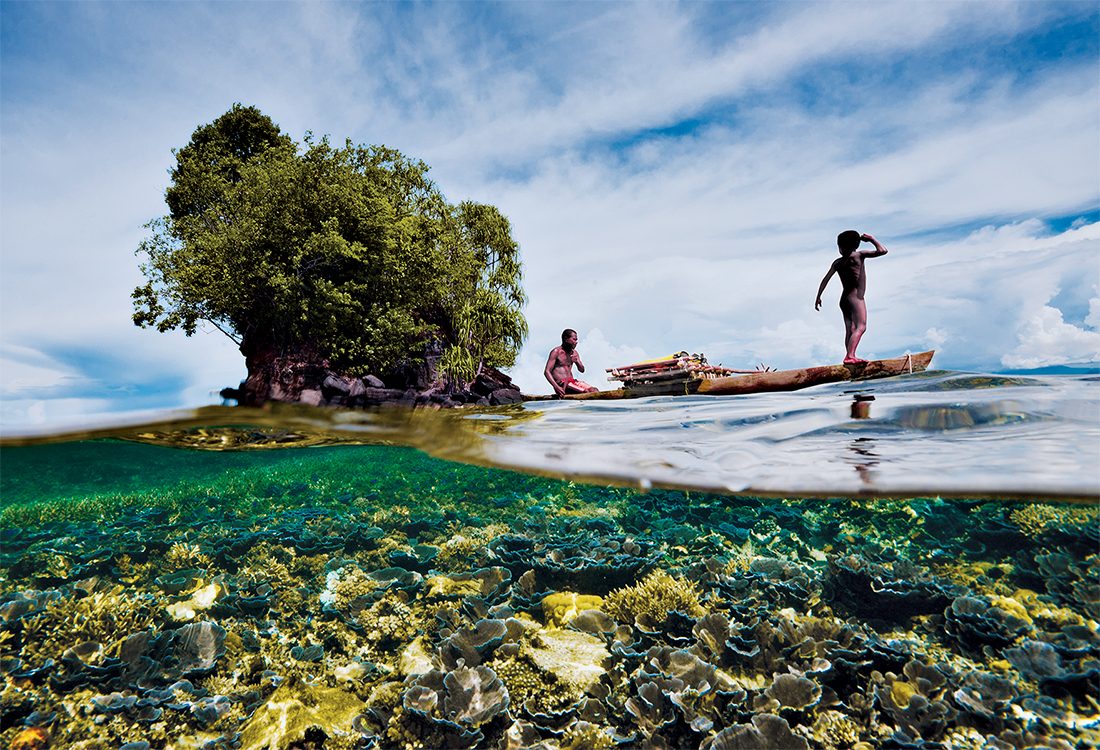
Hayes embraced science and went on to receive a bachelor’s degree in biology from the State University of New York (SUNY) at Potsdam. She dutifully rode with a large-animal vet, took the Graduation Record Examination (GRE), and applied to Cornell University. She chose instead to pursue a master’s degree in zoology at the University of Maryland, where she entered as Eugenie Clark’s last graduate student. Her research under Clark focused on shark fisheries in the northwest Atlantic, which kept her at sea off the East Coast documenting shark landings.
Clark, known as “the shark lady,” was an ichthyologist of great renown, founder of Mote Marine Laboratory (originally known as Cape Haze), and instrumental in conceptualizing scuba diving as a tool for marine research. Diminutive in height, she was a giant of charisma and an influencer before the word was mainstream. She inspired Hayes to weigh practical pathways against the impractical but rewarding paths in the study of primitive fishes.
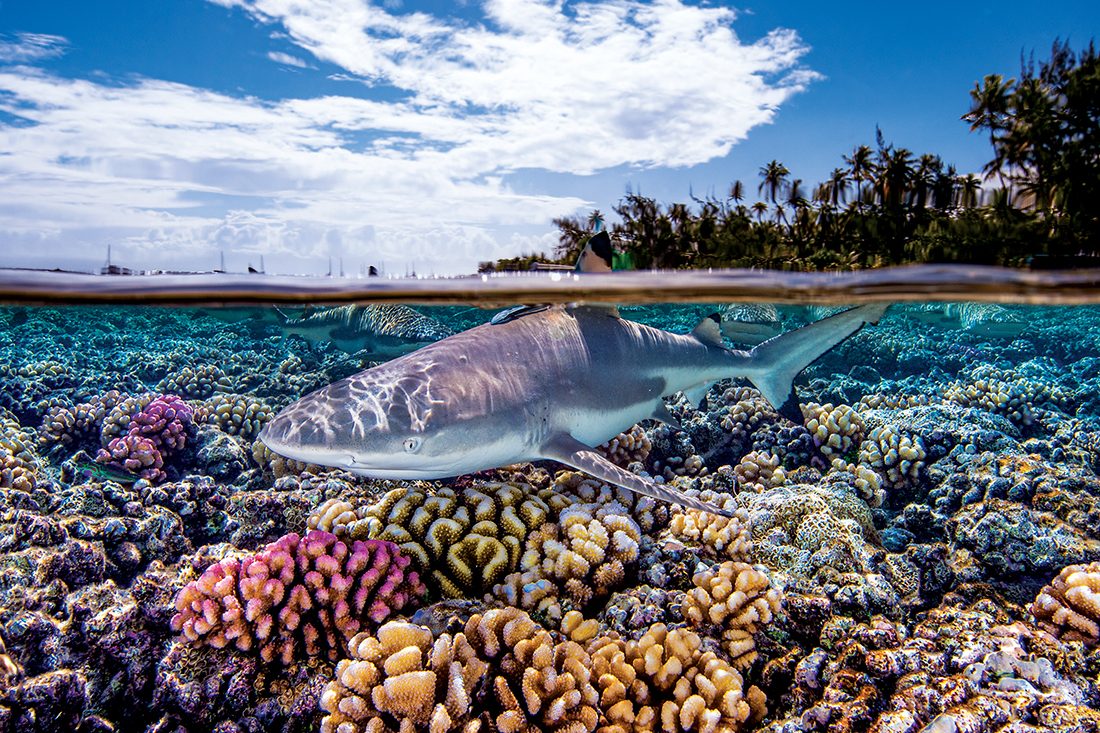
Hayes entered the corporate world in Washington, D.C., as a biologist studying impacts on the Chesapeake Bay. She advanced at her job, built a strong team, earned a shiny salary with generous vacation benefits, and was 100 percent vested in her 401(k) plan. Her proximity to the Chesapeake, however, tugged at her heart to be underwater studying fish behavior.
After work hours she wrote a proposal for sturgeon research and obtained funding from the New York Power Authority. She resigned from her D.C. position and took the funding to the SUNY College of Environmental Science and Forestry for her doctoral research on lake sturgeon telemetry and population dynamics on the St. Lawrence River.
To her colleagues’ surprise, Hayes chose an $8,000 per year stipend, a tin jon boat equipped with nets, and a golden retriever over a comfortable salary and never looked back. Clark had been right: Follow your heart, not the 401(k).
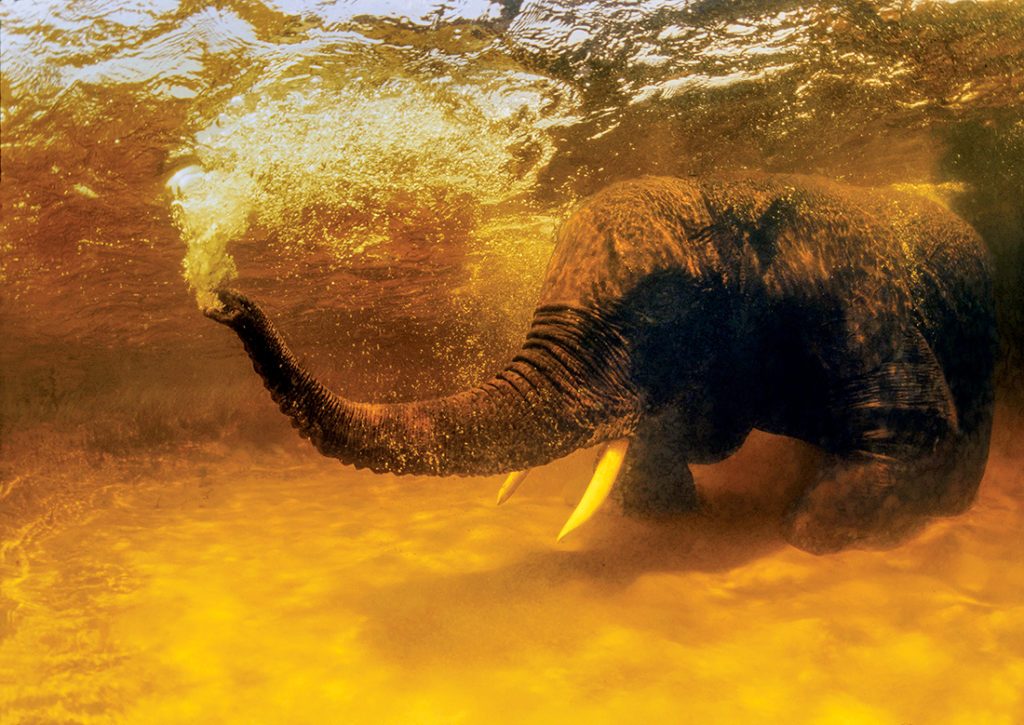
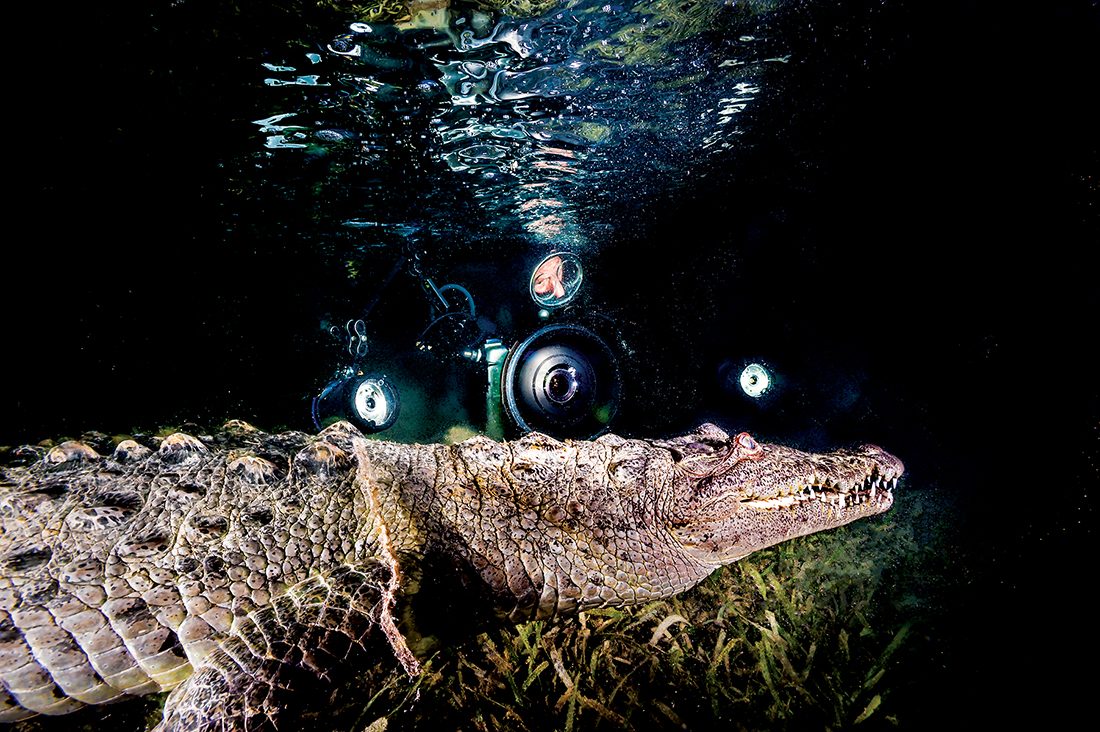
I see where all roads led to fish, whether freshwater or saltwater, but how did photography become integral to your life?
Like many of us out here shooting, the science led to storytelling. Research meant international presentations of field data to colleagues and stakeholders. As a fishery biologist, I presented graphs and statistics to describe the behavior of the ancient giant fish. I described the magic I witnessed underwater, trying to paint a mental picture for an engaged audience that is a small but very dedicated tribe where we learn from each other.
Colleagues had many questions: Does one female spawn at a time with multiple males? Do they stay? Do fish eat their own eggs? Do they prefer a certain substrate? Sturgeon are shy and rarely accessible, but I had a window, so that meant getting serious about documenting them. Underwater photography quickly became an important research tool.
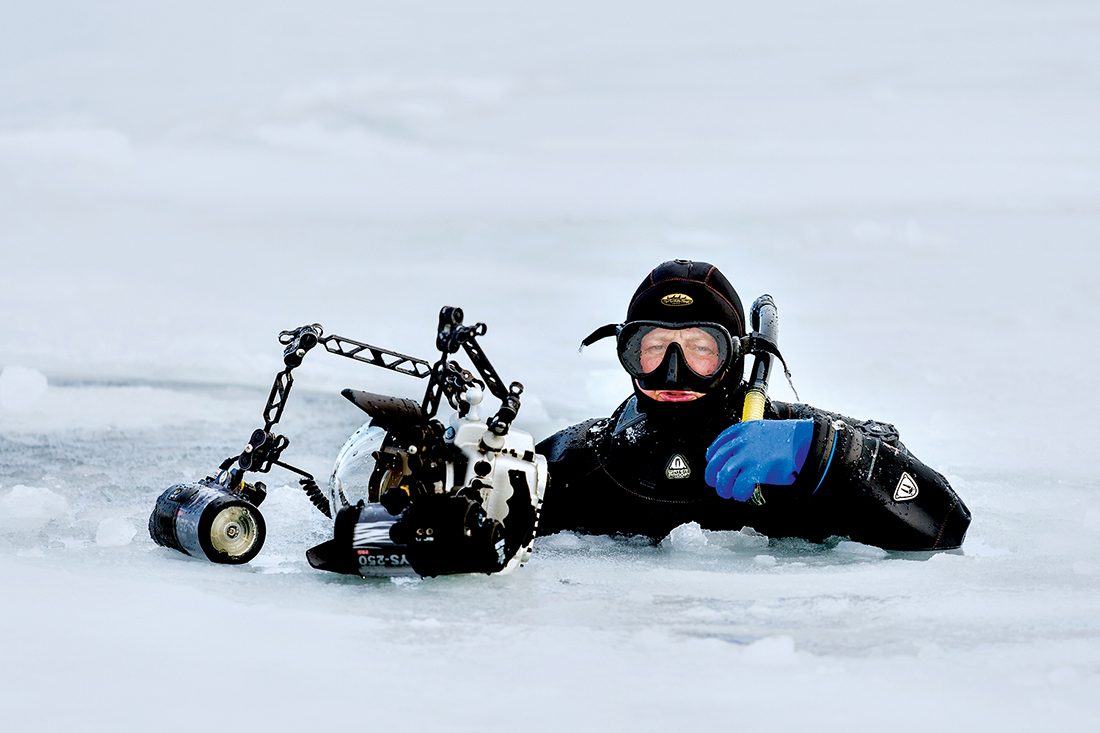
How did you learn underwater photography? Photographing sturgeon in the turbid water of the St. Lawrence sounds like a challenging target species, photographically speaking.
Truthfully, the greatest challenge was the limited time I had with them. There’s a maximum of one week each June when they migrate to the spawning areas where they congregate, are pumped on hormones, and ignore your presence or maybe even try to spawn with you. I splurged on an underwater housing with a wide-angle lens and, rather stupidly, a costly glass dome with strobes and the requisite Nikonos V (with a fisheye lens) draped around my neck for an extra 36 frames.
I worked through a steep learning curve of floods, outrageously scratched domes, and underexposed frames. The ancients appeared, and I created images of sturgeon doing secret sturgeon things. Federal, state, and private grants came faster when funders realized they could visually document their conservation investment in this threatened species.
I learned quickly that pictures have power and are in fact worth far more than 1,000 words or bits of data. The photographs led to stories in conservation publications, NPR, the New York Times, peered-reviewed journals, and book contributions.
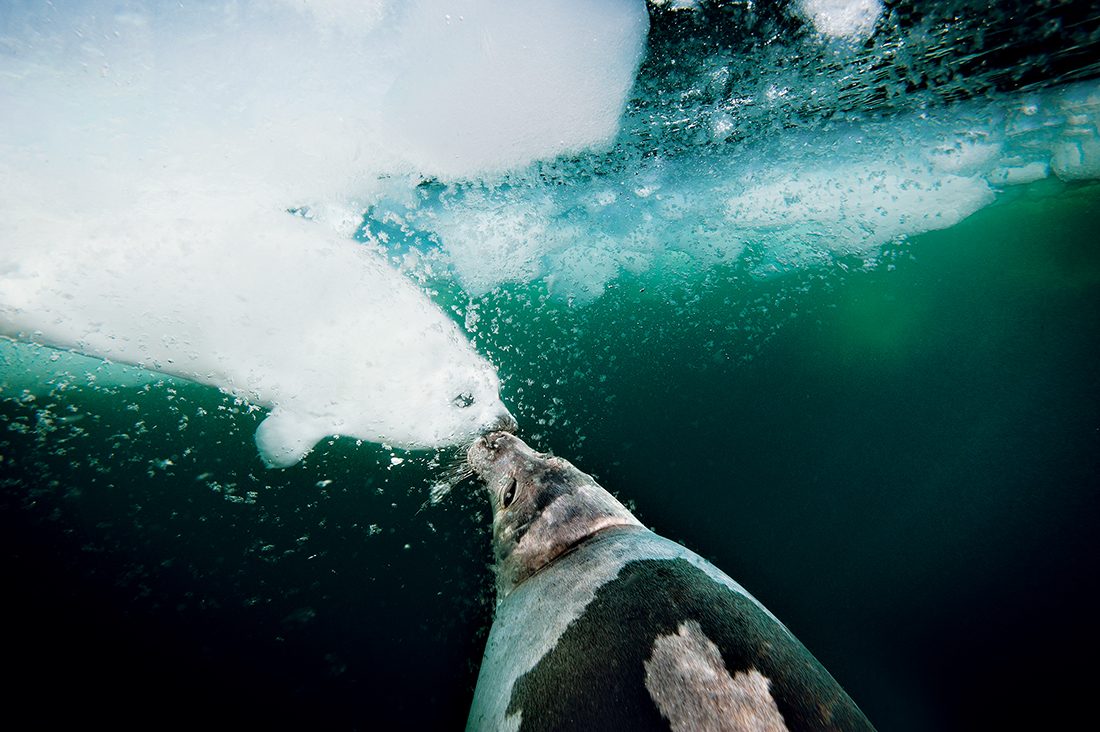
You left freshwater for the sea, a partnership, and National Geographic?
David and I met a thousand years ago underwater in Bimini, Bahamas, where I was working on lemon sharks with the late Sonny Gruber of the University of Miami. To capture pregnant females, I set block rigs and weighted bait stations in shallows with the goal to track where the sharks give birth.
I was underwater assessing a female when someone submerged with a fancy camera and began taking pictures. That somebody was David Doubilet, who was there to document Gruber’s program. We brought the female to the surface, quickly attached her transmitter, and released her. She swam for the shallows and began birthing her pups. David had what he came for: the first birth of a shark. Our team had what we came for: more proof that lemon sharks drop their pups near the protective cover of mangroves.
We later crossed paths in marine labs, the field, and National Geographic over many years as I assisted on various grant projects. A Doubilet–Hayes partnership formed, where I would submit images, and selects got published, but it was rightfully a David Doubilet vision and byline in those days. Eventually, editors suggested a shared byline.
Fast-forward to now, and either David or I may pitch an assignment depending on our interests, which can be very different. I am currently documenting two longform stories for National Geographic: a global look at sturgeon and harp seals as a face of climate change.
No matter where the inspiration originates, we generally approach these assignments as a team — unless it involves a snowmobile, snowshoes, skis, or a horse, and then it is all mine.
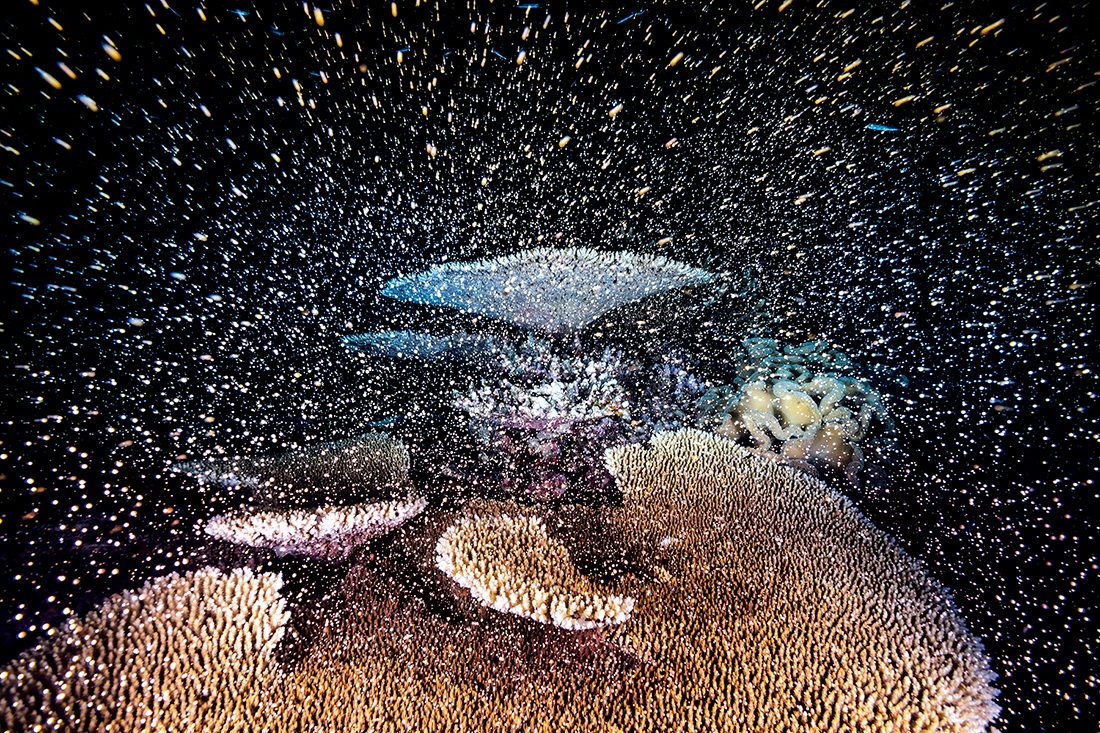
With two such talented shooters on a single assignment, is it competitive for the photo ops? Or do you count who gets more photos in the final article?
There is zero competition. The story is far more important than the credit — his, mine, or other contributors. Every single click of the shutter is a team collaboration that includes the people who fill the tank, drive the boat, or guide you to a subject. Land in a different country and see how far you get without priceless support. The best part of any assignment is submitting an assistant’s work along with our own — or better yet, discovering a body of work out there and getting their coverage in front of the right editor.
National Geographic Partners has been a platform for us to collaborate on many stories, book projects, Lindblad Expeditions, and Nat Geo Live speaking tours. We also take on commercial and personal projects, with conservation collaborations taking precedence.
It has been a privilege to support the Ocean Geographic Elysium Expeditions in Antarctica, the Arctic, the Coral Triangle, and most recently the Antarctic Climate Expedition in February 2023. A team of established and emerging photographers, videographers, scientists, musicians, writers, and artists create a body of work that includes a book, film, and an exhibition that goes on tour where it will have the most impact — not museums or out of the way art galleries, but major shopping malls in places such as Beijing, Shanghai, and Chendou, China, where young people come to buy the next new thing. These projects are well worth the investment. The best part is working with old friends and making new ones.
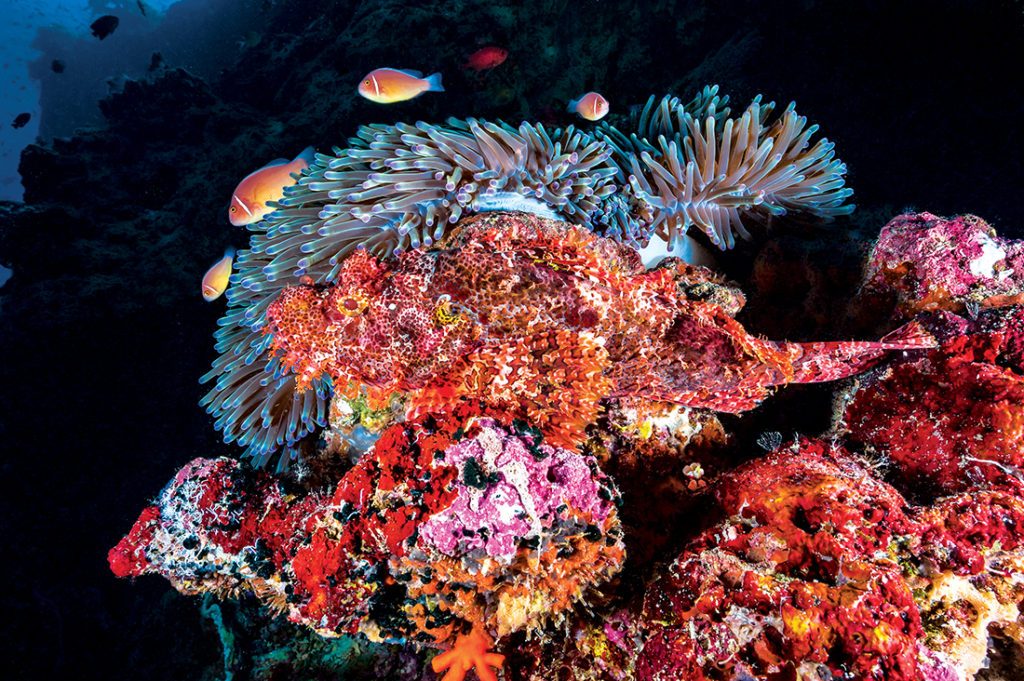
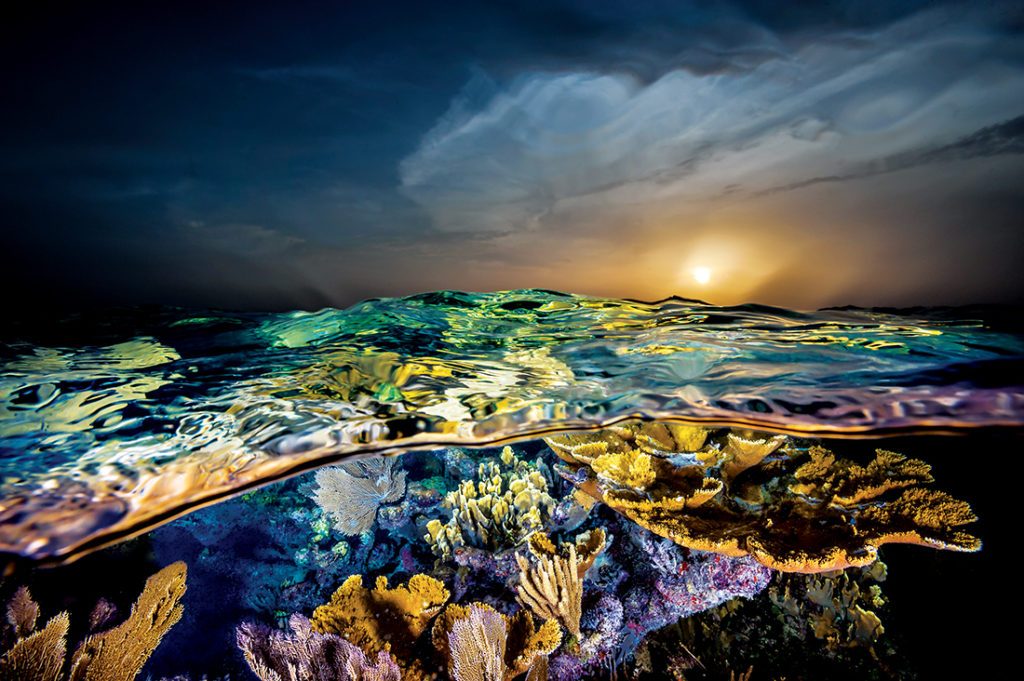
We’re friends on social media as well as in real life, and I’ve noticed some of your most highly trafficked posts are videos. Do you find yourself moving more in that direction?
Moving or moved? We have a clear mandate now: Don’t come back without the video. Video is probably half of what I do. Not surprisingly, I am the designated videographer among us. I’ll use whatever it takes — GoPro, drone, dedicated iPhone, or digital camera.
Disney now owns National Geographic Partners, so think of all the channels that presents for integrating video into our projects: Disney-specific programming, TikTok, Instagram, ABC affiliates, YouTube productions, speaking tours, and National Geographic Expeditions. The demand adds up to a discipline we have to take seriously.
The good thing is that I enjoy it. The bad thing is switching between stills and digital. Whatever format I am shooting, I think I should be in the other. I can only hope that if I have it on video David has it on still.
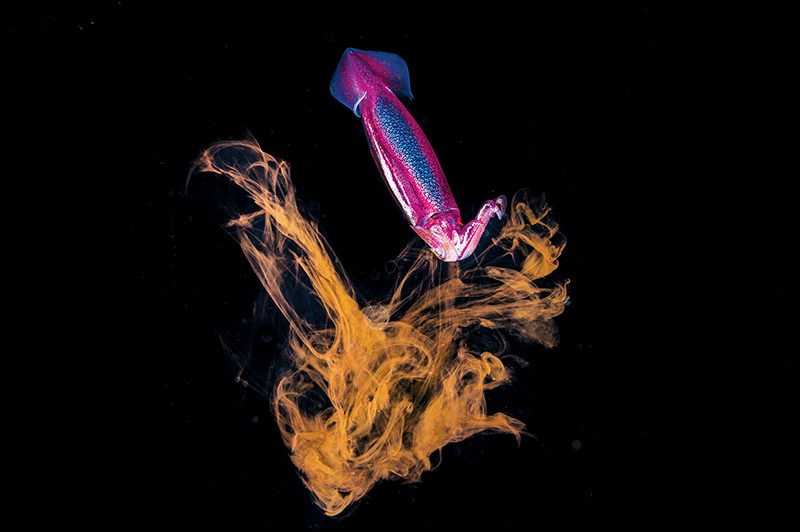

What does the future hold?
We’re directing our efforts on conservation, collaborations, and the next generation of ocean advocates. We are specifically interested in giving voice, space, and place to emerging talent by getting them on our shoulders to reach higher — or deeper in our case. We are stalking scientists and their work toward solutions in the sea and bringing their stories out of peered-reviewed papers and into the public eye.
We were in Raja Ampat, Indonesia, in January 2023 for ReShark, a simple new solution to shark conservation: Put sharks back into the sea. Mark Erdmann of Conservation International saw an opportunity when he learned aquariums with zebra sharks have excess zebra shark eggs. Knowing that marine protected areas in Raja Ampat used to have populations of zebra sharks, he got an idea. Now ReShark represents more than 70 stakeholders that are relocating eggs to shark nurseries in Indonesia, where local marine scientists raise and release them.
These stories are valuable because they allow us to share hard truths about loss, provide solutions, and document conservation successes that may inspire others to innovate. You can’t beat up people and send them off with only doom and gloom.
Our job now is to prioritize projects with impact. David will focus heavily on the Oceans Through the Lens of Time project, and I will head to the Canadian Arctic on snowmobile with scuba tanks. In the meantime we will connect with other storytellers to document the most important story on Earth: Earth Itself. Keep shooting, and come find us underwater. Let’s collaborate! AD
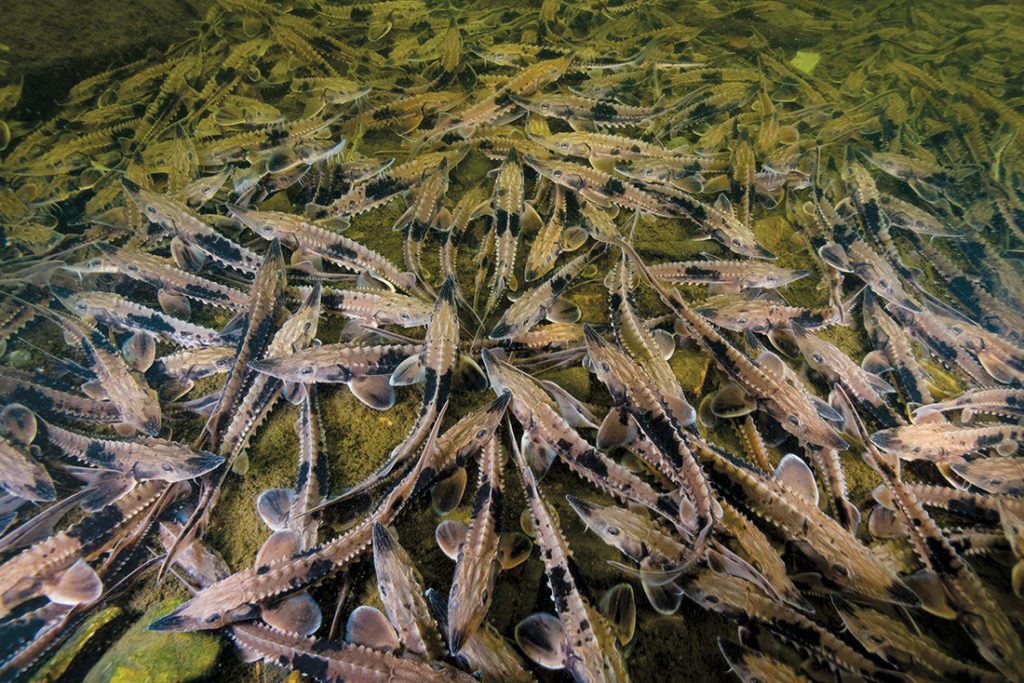
EXPLORE MORE
Learn more about Jennifer Hayes and see more of her work in a bonus gallery and these videos.
© Alert Diver — Q3 2023
